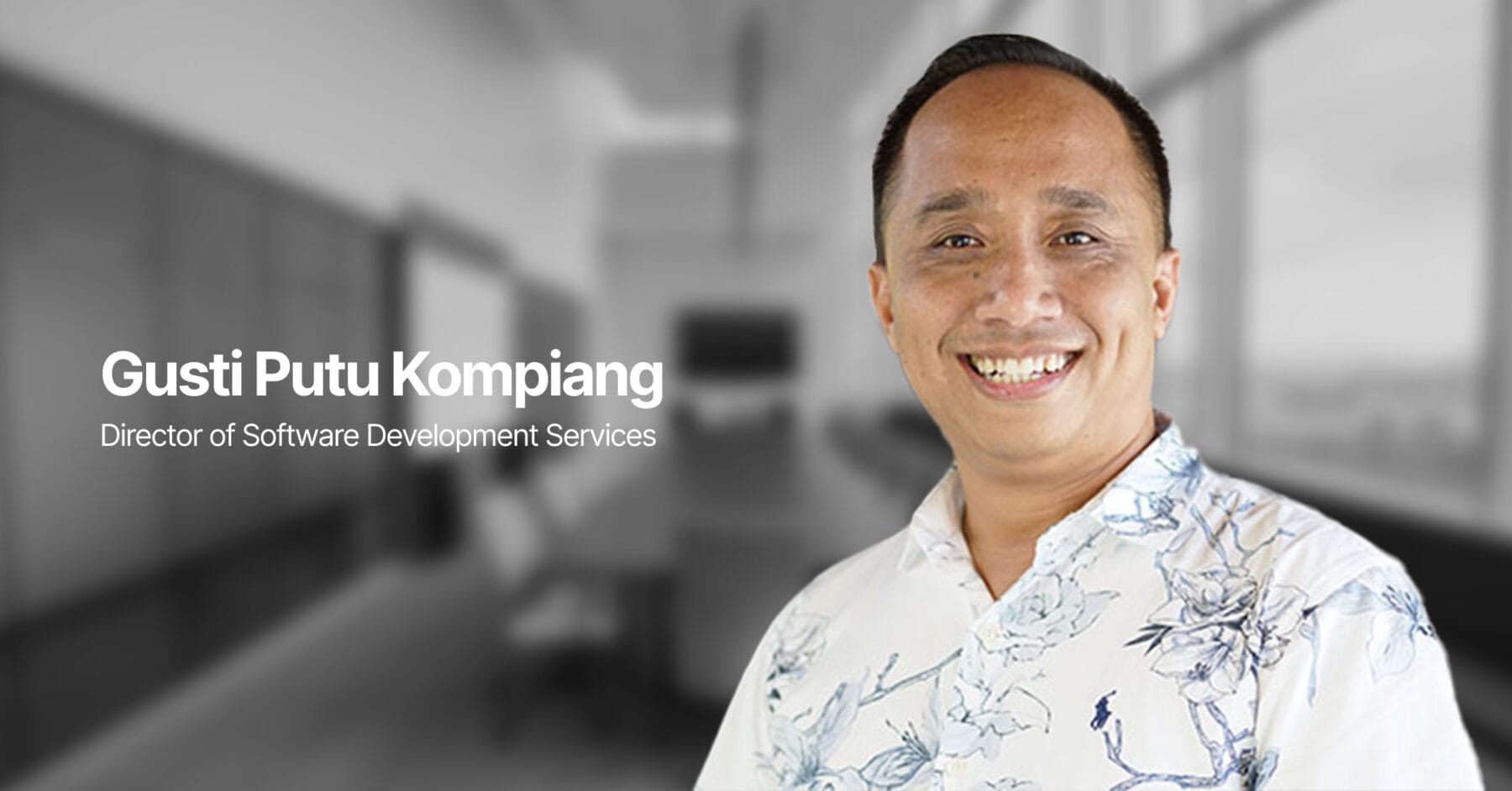
Welcome to the first Mitrais Newsletter of 2023. There is no doubt that Global Economies still face significant challenges as we enter the new year. Geopolitical unrest, surging fuel prices, challenging recruitment environments and inflationary pressures make progressing businesses difficult, but rewards those who exhibit good business fundamentals, and are agile enough to adapt to the new world. It is heartening to see that Mitrais and our client’s number themselves amongst those who are riding out the heavy weather, and steadily growing despite the environment.
As the opening article, we present the case study of our client with the Olive Web project in CAC Corporation. Get to know the barriers and struggles we overcame together. With the help of our expert team and cutting-edge technology, the client was able to achieve remarkable success. This article will motivate you to take your own business to new heights.
What is a Mitrais Newsletter without an opportunity to learn more about an exciting current technology that Mitrais is deploying for clients right now? Dig little deeper into Kafka, initially developed to handle LinkedIn log files, but now an established streaming platform of its own, enabling unified, high-throughput, low-latency platform for handling real-time data feeds. We’re thrilled to take you on an exploration of Kafka and show you how to optimize it for maximum results.
In this edition’s Company Update, you can read about how we remain committed to achieving goals alongside our clients. As we continue to grow, Mitrais’ Long-Term High-Trust credo not only extends to our clients but also to our valuable staff. With more than 100 Mitrais staff recently celebrating more than 10 years (and, in some cases, up to 25 years) as part of the Mitrais family, it is clear that the phrase “Our staff are our most important asset” is more than just a marketing cliché at Mitrais – it is a philosophy we live by!
A perfect example of what makes Mitrais successful is the story of Ida Bagus Gita Pradnyana (Gita). While Gita came to Mitrais from college with no background in software engineering at all, he found a place that provided him with stimulating work that excited him, and the structured development that allowed him to steadily grow his career. His journey from fresh graduate to experienced Analyst is a positive and uplifting one that I’m sure you will find inspiring. Learn more about his story in this edition’s Feature Staff Member article. As always, I hope that you enjoy this newsletter, and we wish you all continued health and prosperity for 2023 and beyond.